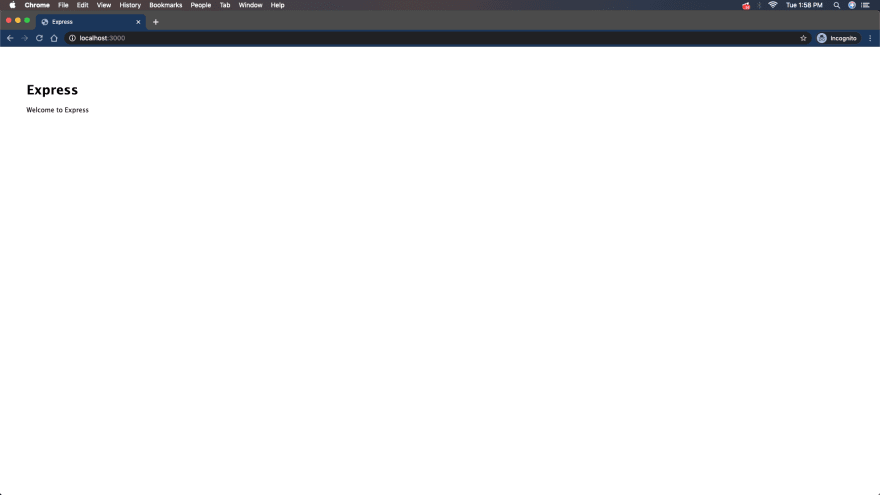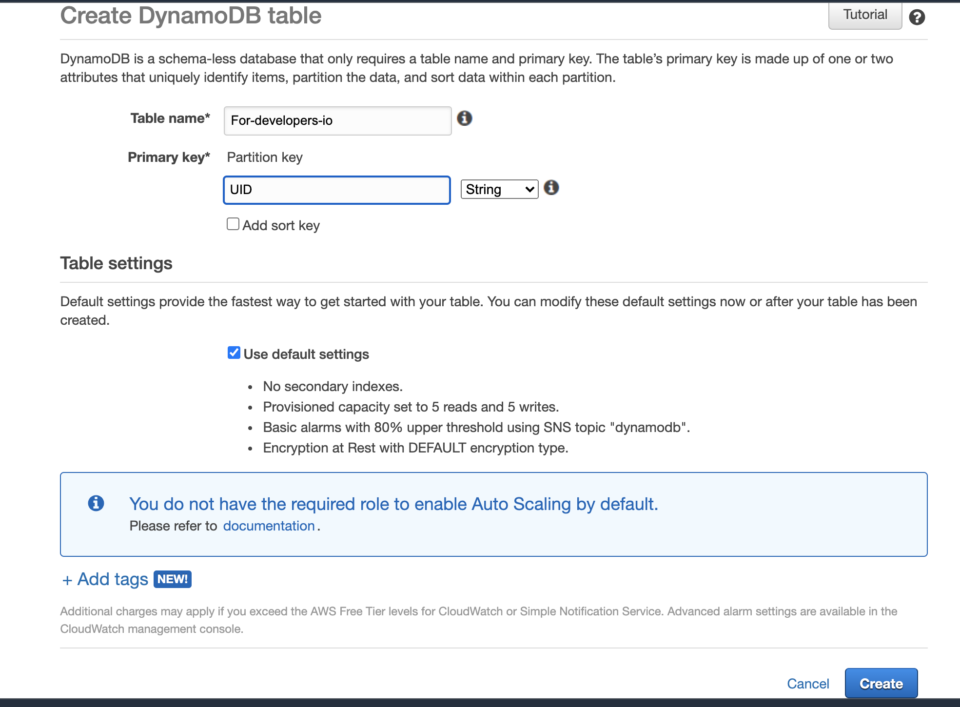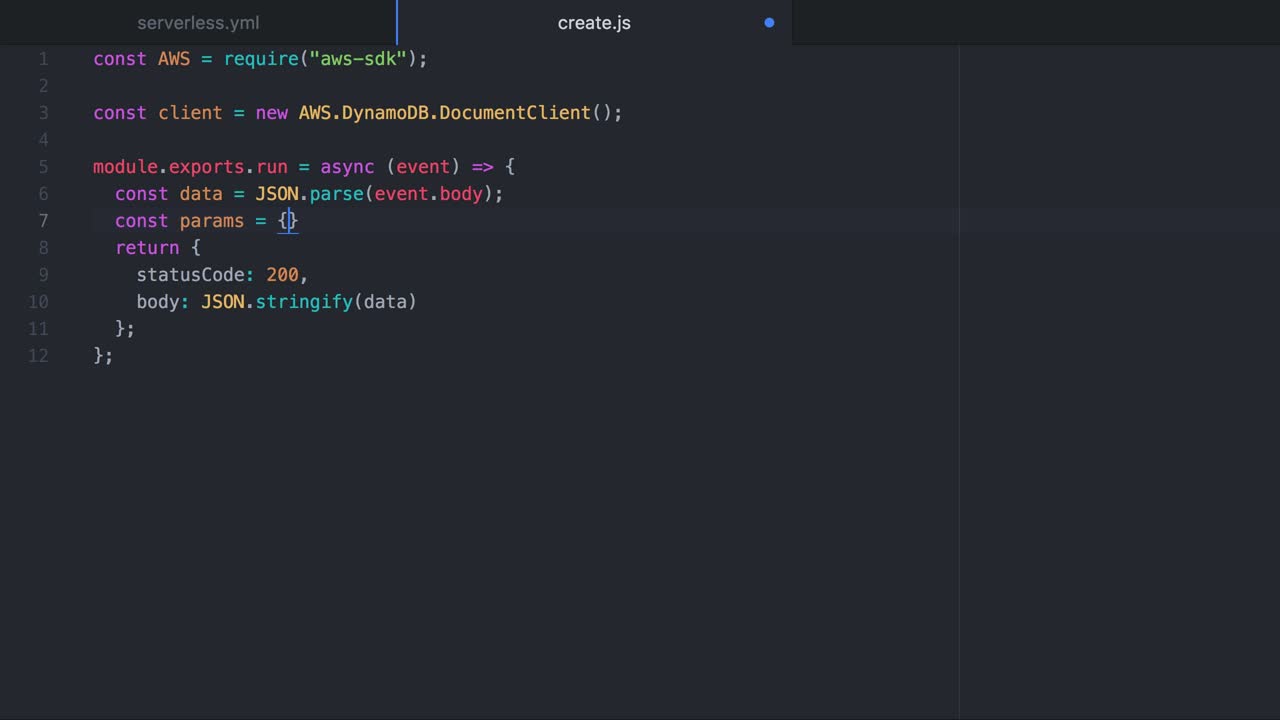
- NODE.JS LOCAL DYNAMODB DOCUMENTCLIENT HOW TO
- NODE.JS LOCAL DYNAMODB DOCUMENTCLIENT CODE
- NODE.JS LOCAL DYNAMODB DOCUMENTCLIENT SERIES
- NODE.JS LOCAL DYNAMODB DOCUMENTCLIENT WINDOWS
As part of the tact of whomever imposed that new limitation, I went looking for updated documentation that would let clients know of the new limitation but could not find any as of.I'd guess around the equivalent size of a blog post. Apparently (and I managed to verify it) someone decided that the maximum number of characters that you could "edit" or "add" in the editor was approximately 51,000 characters.A pretty handy feature when you are not doing anything really complex.

NODE.JS LOCAL DYNAMODB DOCUMENTCLIENT CODE
As you may be aware the Lambda UI allows you to edit code inline.
NODE.JS LOCAL DYNAMODB DOCUMENTCLIENT WINDOWS
Speaking of 1MB limit, that reminds me of the statement about Windows and users never needing more than 640kb of space.So you'll need to plan accordingly as previously stated, when the table is larger than 1MB you'll have to track additional parameters to make repeated scan calls to DynamoDB to transverse the table. IMPORTANT NOTE: It is important to note that with the "scan" command, the maximum volume of data it will crawl in your table is limited to a rather paultry 1MB, whether or not there are any matches to the scan and whether or not the whole content of a table has been transversed - which means you have to make multiple calls if your table is larger than 1MB (strange to have such a HUGE draconian limitation on a database, especially since we are no longer in the 1990's).
NODE.JS LOCAL DYNAMODB DOCUMENTCLIENT HOW TO


The key is, rather than have any DynamoDB function outside your main function, is to embed it INSIDE your main function as shown (there is a way to recursively call functions outside the main function which I'll show later, but if just starting out, nesting may be the easiest).

NODE.JS LOCAL DYNAMODB DOCUMENTCLIENT SERIES
This page will also show a series of form validation functions that work in Lambda node.js, along with a function to generate a random representation of a UUID number sequence in SQL-speak a UUID is typically used to represent a unique value for a primary key for a row of data since DynamoDB has no facility with which to generate a UUID number itself. The purpose of this project is to show a way to get your AWS Lambda (Node.js) code to communicate with a DynamoDB table along with supporting multiple DynamoDB queries in an event or synchronized basis.


 0 kommentar(er)
0 kommentar(er)
